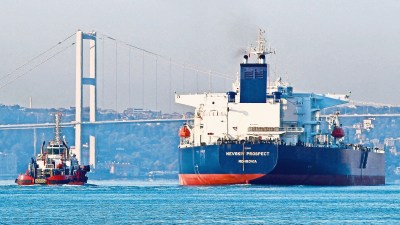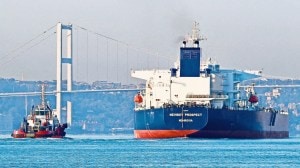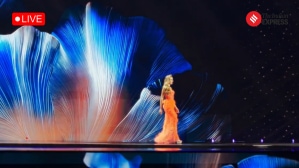The government should allow urea, di-ammonium phosphate (DAP) and other subsidised commodity fertilisers to be freely coated with micronutrients while removing controls from the maximum retail prices (MRP) of these fortified products, said a top executive of a major fertiliser company.
“Our farmers are familiar with urea and DAP applications. We must also recognise the potential of using these commodity fertilisers as carrier products for delivering micronutrients and secondary nutrients to their crops”, said Sanjiv Kanwar, managing director, Yara Fertilisers India Pvt. Ltd.

The Indian subsidiary of the $24.05-billion Norwegian crop nutrition company has a 1.2-million tonne urea plant at Babrala in Uttar Pradesh, which it acquired from Tata Chemicals Ltd in a Rs 2,682-crore deal in 2018.
Urea is a controlled fertiliser, with the government fixing its MRP at Rs 5,628 per tonne. Even in DAP, which is technically decontrolled, subsidy payments, to cover the higher cost of production or imports by companies, are conditional upon their not charging more than Rs 27,000 per tonne from farmers.
Price controls have resulted in companies now only “distributing” and not “marketing” fertilisers, said Kanwar. They have no incentive to invest in product innovation or technology that improves nutrient use efficiency in farmers’ fields.
One way to address this is by allowing urea, DAP or muriate of potash (containing primary nutrients: nitrogen, phosphorus and potassium) to be coated with micronutrients (zinc, iron, copper, boron, manganese and molybdenum) and secondary nutrients (sulphur, calcium and magnesium).
Yara claims that its trials have shown yields for ‘PR-126’ variety paddy in Punjab rising from 24 to 28 quintals per acre, when farmers apply zinc sulphate (ZnSO4) fertiliser on top of urea. It goes up further to 30 quintals when they use YaraVita Procote, a proprietary technology for coating urea with zinc oxide. YaraVita Procote contains 39.5% zinc, as against 33% in ZnSO4.
Story continues below this ad
“YaraVita Procote is a platform that can be used to coat all standard fertilisers with any micronutrient. The increased crop yields aren’t only due to higher zinc content, but also because it is evenly distributed, with every single fertiliser granule carrying a thin lining of the micronutrient,” explained Kanwar.
At the government’s purchase price of Rs 2,060/quintal, the 2 quintals extra yield from YaraVita Procote (over ordinary ZnSO4 application) translates into an additional revenue of Rs 4,120 per acre. It would be even more (6 quintals or Rs 12,360 per acre) if the farmer does not apply any zinc. With YaraVita Procote, the farmer also saves the cost of applying ZnSO4 separately.
“We want the government to permit free pricing of all micro and secondary nutrient-coated fertilisers. Let the farmer choose between applying only urea, urea with ZnSO4, and zinc-coated urea. He would pay a higher price for our product only if the crop yield benefits outweigh the extra expenditure,” said Kanwar.
The government currently does allow subsidised fertilisers, including urea and DAP, to be fortified with zinc and boron. However, zincated urea and boronated DAP makers are provided an additional subsidy of only Rs 500 and Rs 300 per tonne respectively, besides being permitted to sell at 10 per cent above the controlled MRPs for the regular non-fortified variants.
Story continues below this ad
“They should simply set free the MRPs for all coated fertilisers. Given that regular urea or DAP will continue to be sold at heavily subsidised rates, companies wouldn’t be able to charge too much of a premium on their fortified fertiliser products. Also, leave it to the companies to decide the percentage of fortification by micro and secondary nutrients, whether singly and in combination,” added Kanwar.
According to him, a market price-driven policy for coating of commodity fertilisers with micro and secondary nutrients will lead to companies working closer with farmers. Instead of just “distributing” regular urea, they will start “marketing” fortified urea with improved nitrogen use efficiency.

































